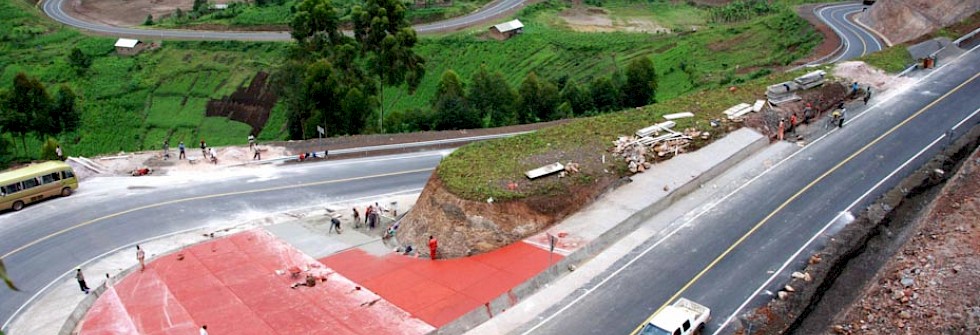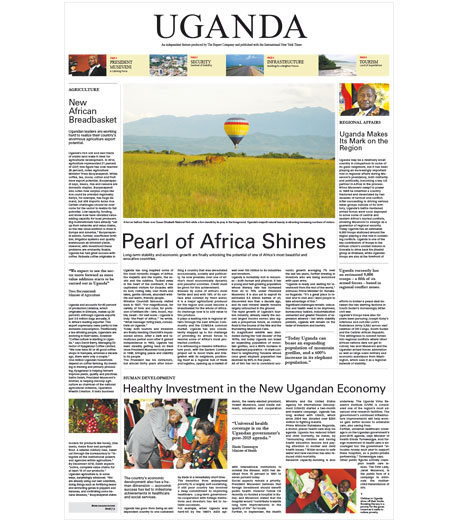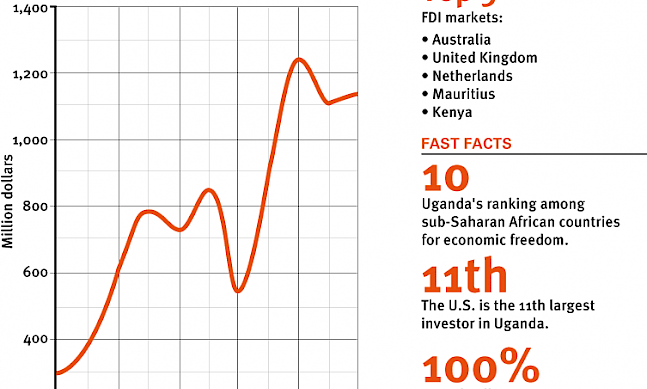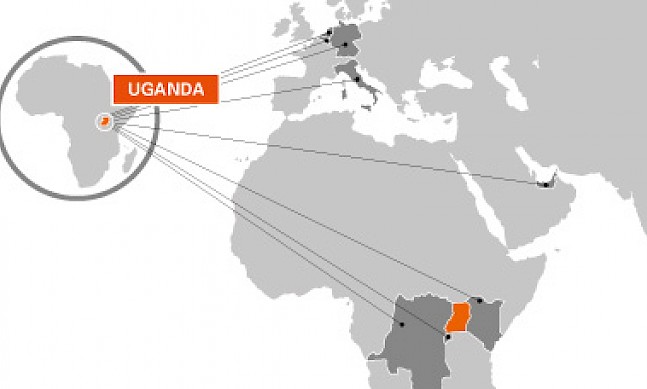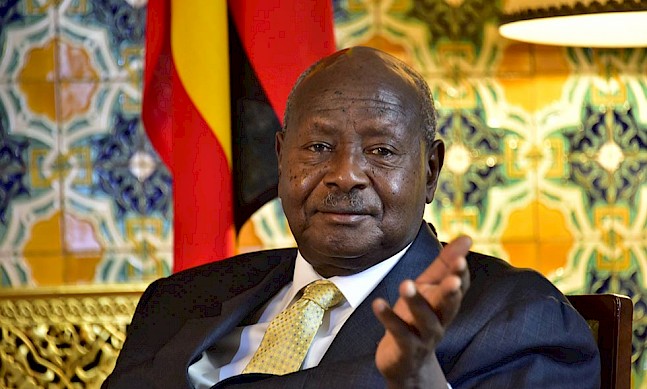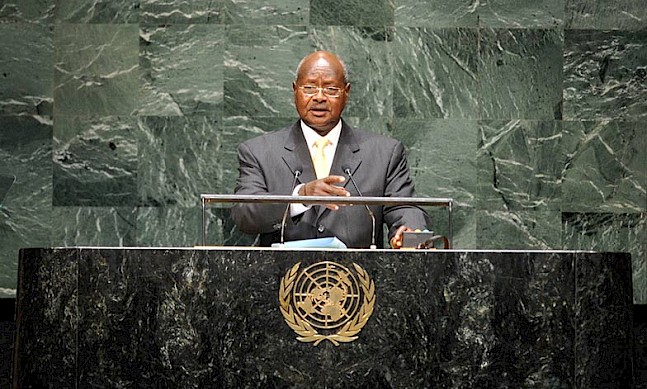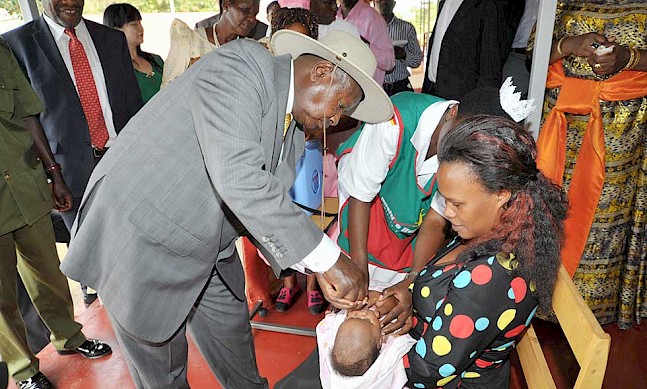Uganda’s portfolio of major transport and infrastructure projects is attracting admiring glances as it looks to unlock its growth potential.
As its economy continues to post steady growth, Uganda’s government has shifted its attention to the nation’s infrastructure development needs, forming a key cornerstone of President Museveni’s ‘Vision 2040’ drive to achieve middle-income status.
As Museveni noted in August at a ceremony for the rehabilitated Mbale-Tororo Road. “We have to agree on national priorities, we can’t attract industries without peace, roads, the railway and electricity.”
As a result the government has set about planning and commissioning a series of transport and infrastructure mega-projects across Uganda that aim to propel this nation to prosperity by 2040, and will boost regional integration and trade.
Eng. John Byabagambi, Uganda’s Minister of Works and Transport, is overseeing this drive. “Without good mobility, without good roads, the economy can’t grow. We have seen the economy of Uganda growing steadily for the last ten years because of improvements in infrastructure.”
While the Ministry of Works and Transport has seen its budget increase from 300 billion shillings ($82 million) to 3 trillion shillings ($270 million) in just a few years in order to meet this challenge, almost all financing options are on the table attracting investors worldwide.
“The economy of Uganda has grown steadily for the last ten years because of improvements in infrastructure.”
John Byabagambi Minister of Works and Transport
Tweet ThisTax and non-tax revenues, Public-Private Partnerships (PPPs), revenues from oil and gas, as well as domestic and international borrowing are all being utilized to transform this nation.
In August construction began on the expansion of Entebbe International Airport which will turn Uganda’s principal international gateway into a world-class airport, tripling in size by the time it is completed in five years’ time. Once completed the hope is to introduce direct flights to the USA.
The $200 million project is being financed through a soft loan from the Chinese government. A Chinese firm, the project’s main contractor, is also constructing the $5 million Entebbe Expressway project linking the airport with Kampala and decongesting this vital artery.
Meanwhile the Kampala-Jinja Expressway, designed by the World Bank through the IFC, is attracting admiring glances from European suitors. In addition, a new cable-stayed bridge is being built across the River Nile, while a $50 million PPP project is developing infrastructure in the previously neglected Kalangala Region.
This drive will also boost regional connectivity through improved road and rail links with Uganda’s neighbors. “We have beautiful roads connecting to Rwanda, the DRC, and we are starting construction of the road to South Sudan,” highlights Minister Byabagambi. “The government so far has tarmacked more than 4,000 kilometers (2,485 miles) of roads.”
The Aga Khan Development Network - raising the bar
While operating in 30 countries around the world, East Africa and particularly Uganda have long held a special place in AKDN’s history.
In recent years AKDN has been expanding its operations into areas such as infrastructure and industrial development, shaking off the misconception that it is an institution focused on aid and development. “Many people think of us as being a funding or philanthropic organization,” emphasizes Mahmood Ahmed, AKDN’s resident representative in Uganda, “but we are actually an implementing organization.”
Mixing non-profit with for profit, AKDN looks to add a ‘development dividend’ to its activities, which include job creation, value addition and capacity building. Meanwhile through the Aga Khan University, a tertiary teaching hospital is being planned, as part of the AKDN’s emphasis on producing specific and relevant knowledge, training and solutions for East Africa’s development needs. “These efforts will yield enormous change for the better in this part of the world in the decades ahead,” highlights Ahmed.


